Coming to the Aid of Dolphin Calves Near Clearwater
Things got scary for two dolphin calves off Clearwater before Halloween, when staff from Clearwater Marine Aquarium (CMA) received reports about and observed two dolphins in the area they monitor entangled in fishing line. After getting permission from the National Marine Fisheries Service, we mounted a rescue attempt with CMA staff on Nov. 6 to see if we could use a long-handled tool to remotely disentangle the free-swimming dolphins.
CMA2510 is a dependent calf first observed with the entanglement on Oct. 9. Recreational fishing line was wrapped near the base of its dorsal fin and embedded in the leading edge of the fin with a trailing mass that included a strand of line extending behind its flukes. The mass collected more gear and algae over the next few weeks, adding to the drag and cutting deeper into the calf’s dorsal fin.
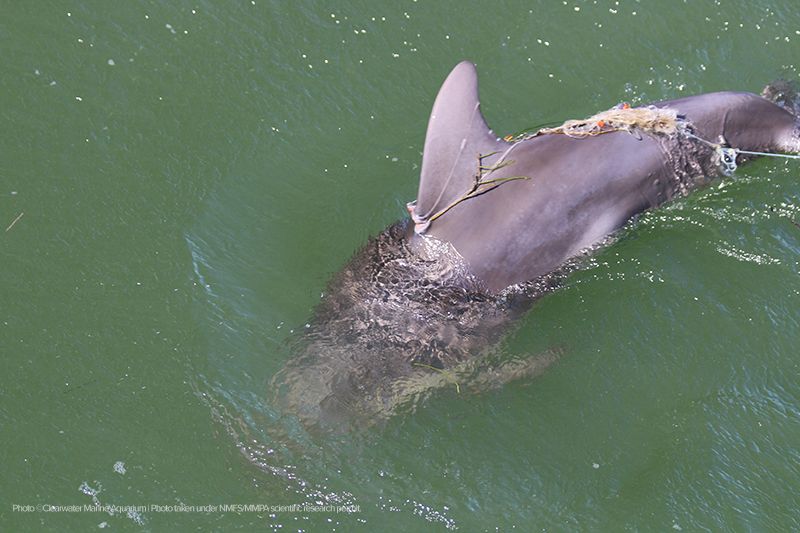
The second calf, CMA2512, was first observed Oct. 28 with blue and white multi-filament line wrapped tightly around its dorsal fin, embedding in both the leading and trailing edges of the fin with a mass of gear trailing less than a foot behind the fin.
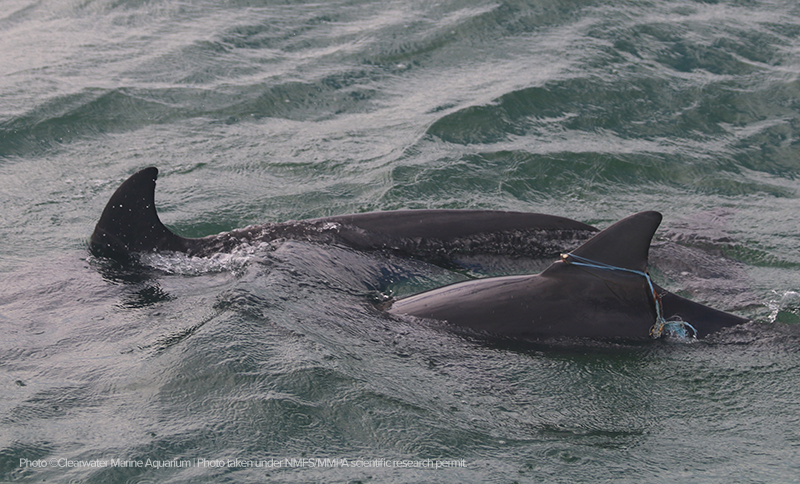
The disentanglement team, including SDRP staff members Aaron Barleycorn and Jason Allen who  unfortunately have a great deal of experience with remote disentanglements, left the dock around 10 a.m. The team located the first calf, CMA2510, at Prickly Pear Point near Belleair Bluffs, where its mom was feeding along a seawall. The team followed the pair and made several attempts to get close enough to cut the gear. Finally, around 1:10 p.m. CMA2510 surfaced near the bow of the boat and they were able to hook the gear at the base of the trailing edge of the dorsal fin, using the tool to cut through the line and pull it off the calf. Just as they were taking photos to confirm all of the line had been removed, a local tour boat operator called in a report with CMA2512’s location.
unfortunately have a great deal of experience with remote disentanglements, left the dock around 10 a.m. The team located the first calf, CMA2510, at Prickly Pear Point near Belleair Bluffs, where its mom was feeding along a seawall. The team followed the pair and made several attempts to get close enough to cut the gear. Finally, around 1:10 p.m. CMA2510 surfaced near the bow of the boat and they were able to hook the gear at the base of the trailing edge of the dorsal fin, using the tool to cut through the line and pull it off the calf. Just as they were taking photos to confirm all of the line had been removed, a local tour boat operator called in a report with CMA2512’s location.
CMA2512 was with its mom and another mom/calf pair. Overcast skies made it difficult to pick out individuals dolphin below the surface and, when they surfaced, they were just beyond reach. The team made contact on two attempts to disentangle the dolphin, but the gear was wrapped so tight on its fin that the tool could not get under it to cut the line. By 3:15 p.m. visibility was poor and the animals even more evasive, so the team headed home without success.
CMA will continue to monitor both animals, with the hope that CMA2512 sheds the gear on its own.
These entanglements truly are scary — especially because we know that they can be prevented.
Based on research with the Sarasota Bay dolphin community, we know that one of the main causes of dolphin deaths is related to human actions, with fishing gear entanglement, hooking, or ingestion being the most frequent causes of mortality among our dolphins, accounting for 20% of all deaths where cause was identifiable. Please be dolphin safe! Follow these tips to help keep dolphins, especially naïve calves, healthy:
- Reel in your fishing line if dolphins appear.
- Change locations if dolphins show interest in bait or catch.
- Don’t feed dolphins – it is illegal and trains the dolphins to engage in dangerous behaviors.
- Release catch quietly away from dolphins when and where it is possible to do so without violating any state or federal fishing regulations.
- Check gear and terminal tackle to make sure it won’t break off easily and, if your line does break, be sure to collect anything left behind in mangroves or on docks.
- Use circle and corrodible hooks and don’t use braided fishing line.
- Stay at least 50 yards away from dolphins.
- Stash your trash in a lidded container on your boat until you can get to shore and dispose of it safely in a place where it will not blow back into the water.
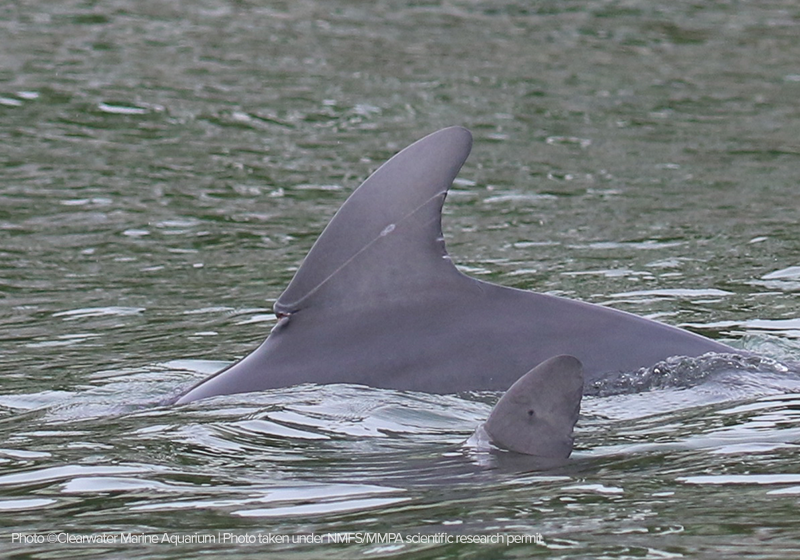
CMA2510 after gear removal.
